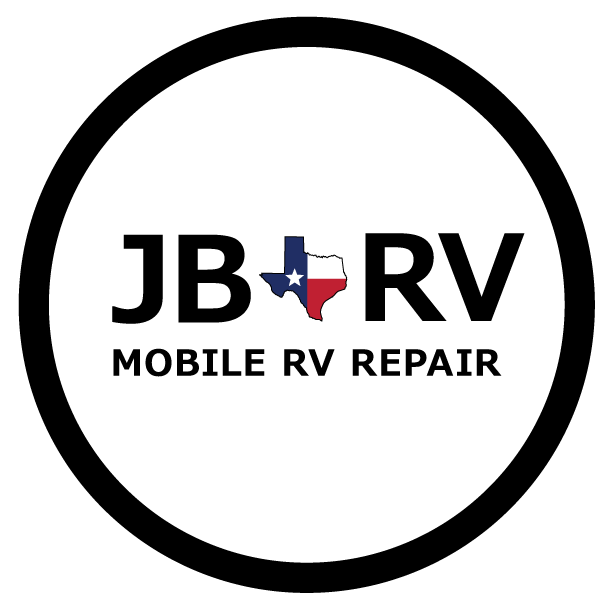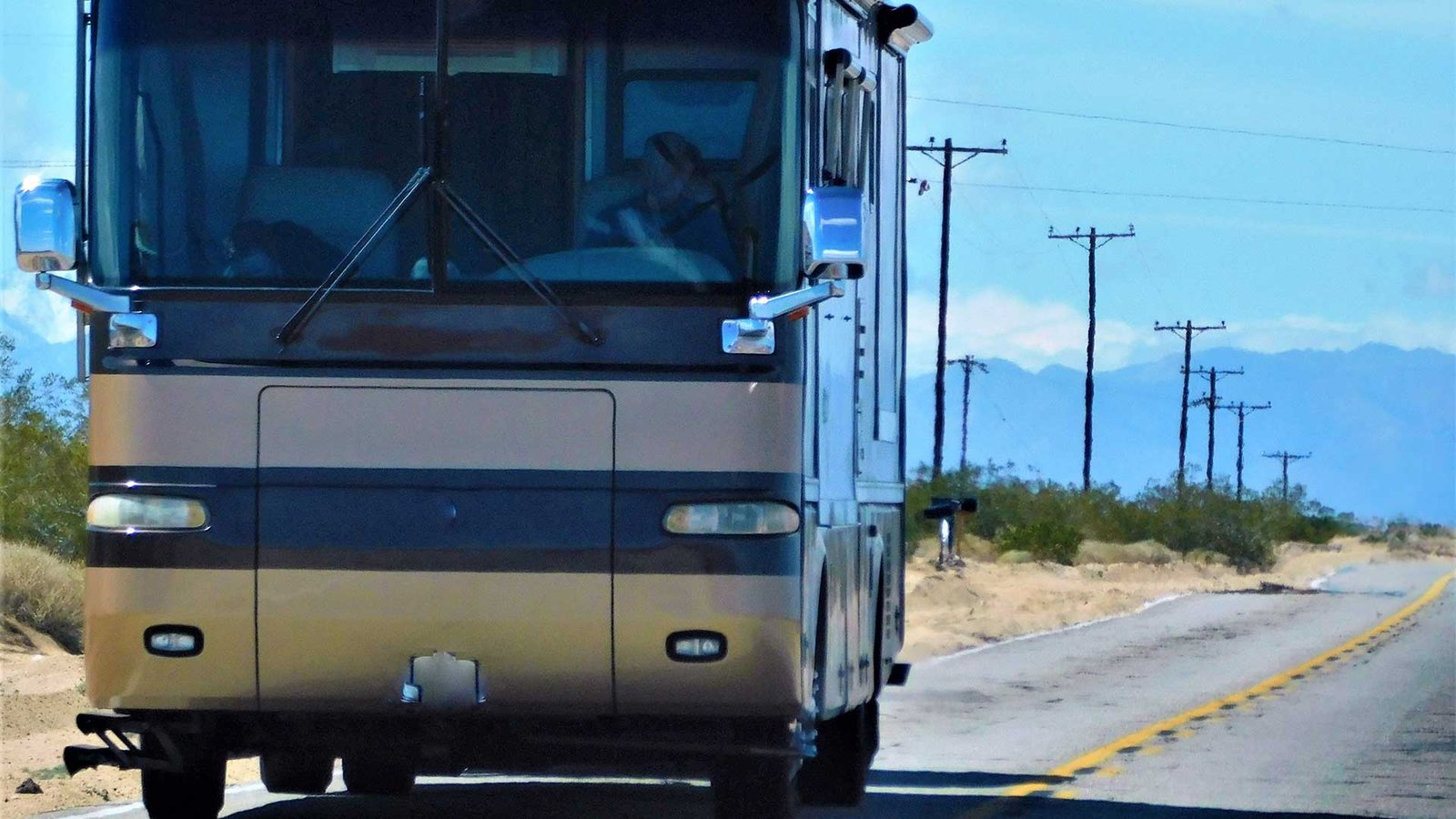Owning an RV is a wonderful way to experience the freedom of the open road. However, your RV’s body is constantly exposed to various elements and hazards, from rough weather conditions to accidental impacts, which can lead to damage over time. While some RV body issues are purely cosmetic, others can affect the functionality and safety of your vehicle. Understanding the most common types of RV body damage and knowing how to repair them can help you maintain your RV’s appearance and integrity. Here are the top five types of RV body damage and the best ways to fix them.
1. Scratches and Scuffs on Your RV Exterior
Scratches and scuffs are among the most common types of RV body damage. They can occur from tree branches scraping against the RV, small stones kicked up from the road, or even from brushing against rough surfaces in tight spaces. While scratches may seem minor, they can expose the underlying material, leading to rust or further deterioration over time.
How to Fix RV Scratches & Scuffs:
- Minor Scratches: For shallow scratches that don’t penetrate the paint, you can use a rubbing compound or scratch remover. Apply the compound with a soft cloth in a circular motion, then polish the area to blend it with the surrounding surface.
- Deeper Scratches: For scratches that reach through the paint layer, start by cleaning the area and sanding it lightly to smooth the edges. Apply a touch-up paint that matches your RV’s color, then cover it with a clear coat to protect the repair.
- Professional Help: For multiple or large scratches, consider seeking professional RV body repair services. An expert can provide a seamless finish and help prevent further damage.
2. Dents in your RV Body
Dents are common and can occur from various sources, including minor collisions, hail, or accidentally bumping into objects. Dents not only affect the appearance of your RV but can also weaken the structure in the affected area if left untreated.
How to Fix RV Dents:
- Small Dents: If the dent is small and doesn’t have any cracks, you may be able to pop it out using a dent puller tool. Another DIY method is to use a hairdryer and a can of compressed air. Heat the dented area with the hairdryer, then spray it with compressed air. The sudden change in temperature can cause the dent to pop back into place.
- Large Dents: Larger dents may require professional attention. RV body repair shops can use specialized tools, such as a slide hammer or dent puller, to pull the dent back out. In some cases, they may need to remove and reshape the affected panel.
- Body Filler: For dents that have caused surface damage, body filler can be used to smooth the area before repainting. This process involves applying the filler, sanding it smooth, and then matching the paint to blend with the rest of the RV’s body.
3. RV Fiberglass Cracks
Fiberglass is commonly used in RV construction because it’s lightweight and durable. However, it can develop cracks from impact, stress, or weather exposure over time. Fiberglass cracks not only look unsightly but can also allow water to seep into the RV, potentially leading to more significant problems like mold and structural damage.
How to Fix RV Fiberglass Cracks:
- Small Cracks: For minor cracks, start by cleaning the area and using a fiberglass repair kit. These kits typically include a resin compound that you can apply over the crack, followed by a hardener. Sand the area smooth once the resin has cured, and apply a matching paint to restore the appearance.
- Larger Cracks: Larger fiberglass cracks often require patching. This process involves cutting a fiberglass patch to cover the crack, applying resin, and layering fiberglass sheets over it. The area is then sanded smooth, painted, and polished for a seamless finish.
- Professional Repair: For extensive fiberglass damage, it’s best to consult a professional. RV body repair shops have the tools and expertise to repair fiberglass properly, ensuring the structural integrity and appearance of your RV are maintained.
4. Delamination on RV Exterior
Delamination occurs when the outer layer of the RV body separates from the underlying material, usually as a result of water intrusion. This issue is most common with fiberglass RVs and is often seen as bubbling, warping, or bulging on the RV’s exterior. Delamination can be a serious problem if not addressed, as it weakens the RV’s structure and can lead to more extensive water damage.
How to Fix RV Delamination:
- Minor Delamination: For small areas of delamination, you can inject a special adhesive into the separated layers, then clamp the area to allow the adhesive to set. This can restore the bond between the layers and prevent further damage.
- Severe Delamination: Larger areas of delamination usually require professional intervention. This process often involves removing the affected panel, replacing any water-damaged materials, and resealing the area to prevent future leaks.
- Preventative Maintenance: The best way to deal with delamination is to prevent it by regularly inspecting and maintaining the seals around windows, doors, and roof vents. Proper sealing helps prevent water intrusion, which is the primary cause of delamination.
5. Fading and Oxidation on RV Exterior
Over time, exposure to the sun (especially the Texas sun!) can cause the paint and gel coat on your RV to fade and oxidize. This results in a dull, chalky appearance that not only looks unattractive but can also reduce the protective properties of the paint or gel coat.
How to Fix RV Fading and Oxidation:
- Polishing: For mild oxidation, use a polish designed for RV exteriors. Apply it with a soft cloth or a polishing pad, working in small sections to restore the shine. Follow up with a wax to protect the surface.
- Buffing and Compounding: For more severe fading and oxidation, a rubbing compound can be used to remove the oxidized layer. After compounding, apply a polish and wax to protect the restored finish.
- Professional Restoration: If the fading and oxidation are extensive, consider professional gel coat repair services. RV body repair experts can use specialized tools and products to bring back the original shine and provide a durable protective layer.
From scratches and dents to more significant issues like delamination, RV body damage is an inevitable part of life on the road. However, by knowing how to address these common problems, you can keep your RV looking great and in top condition for years to come. Whether you choose to tackle minor repairs yourself or seek professional assistance, maintaining your RV’s exterior will ensure it’s ready for your next adventure.
Need help with your RV body damage repair?
If your RV has suffered body damage and you’re not sure where to start, contact us today. Our experienced team at JBRV specializes in all aspects of RV body repair, from RV fiberglass repair to paint matching. Let us help you get back on the road with confidence!

